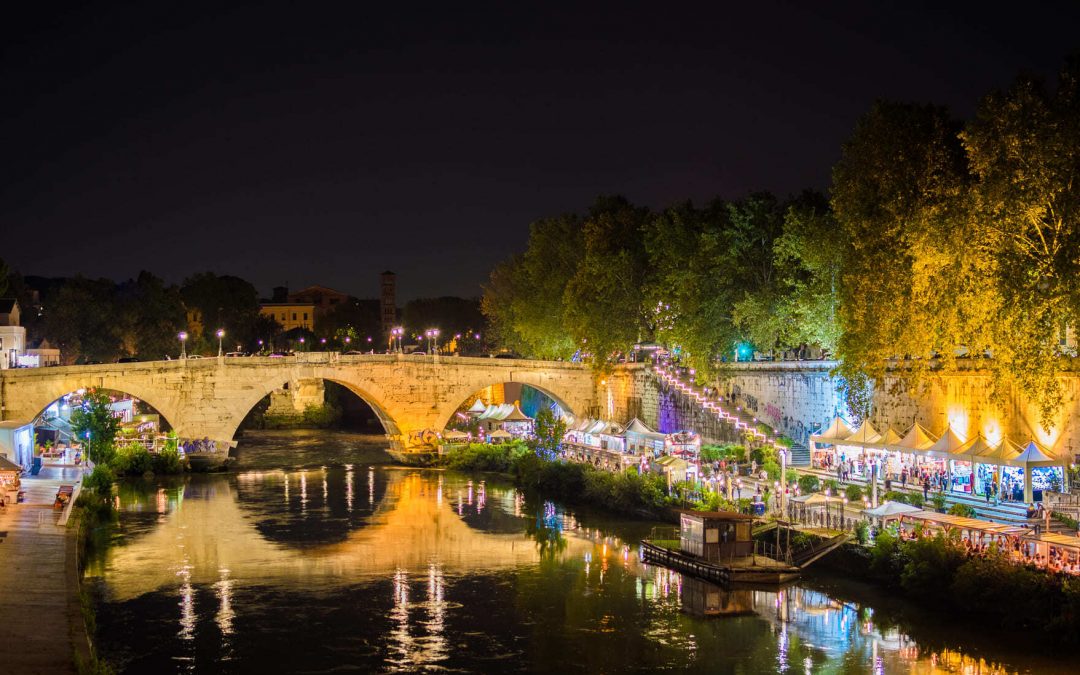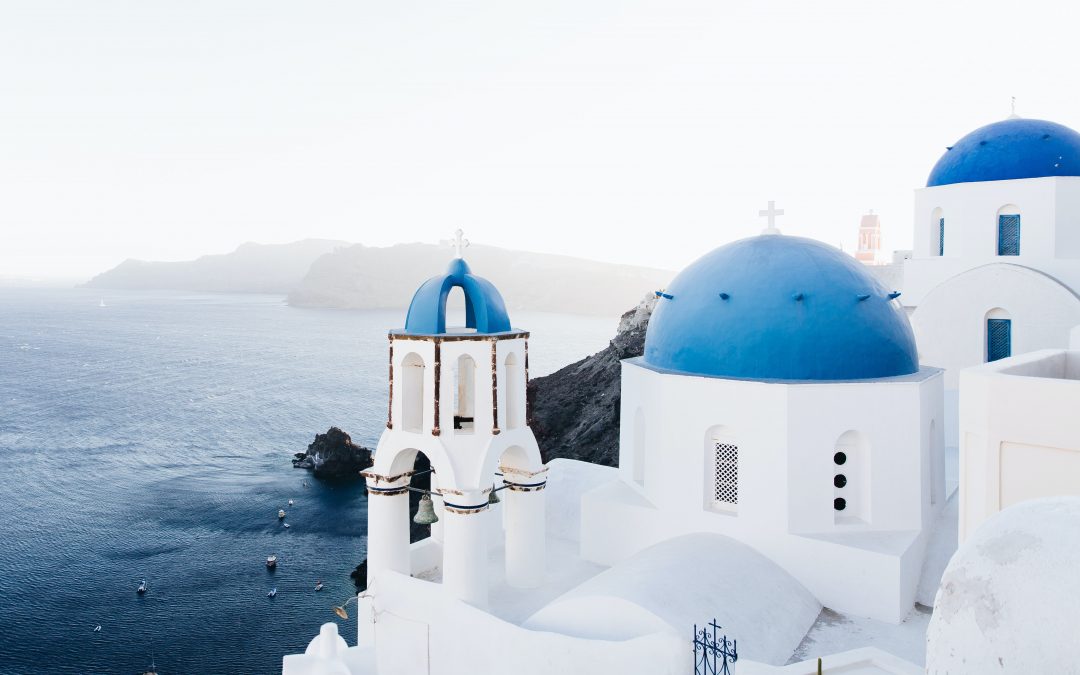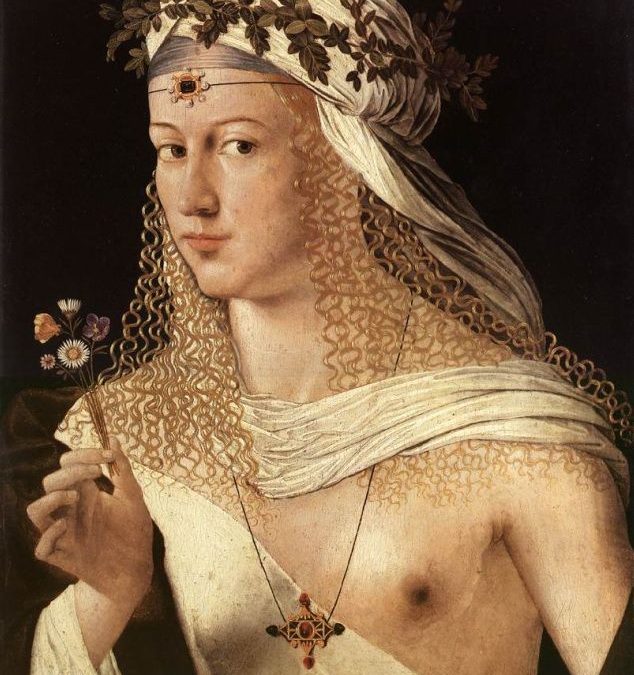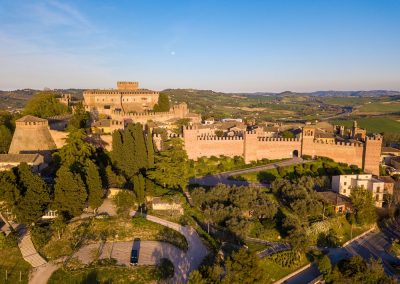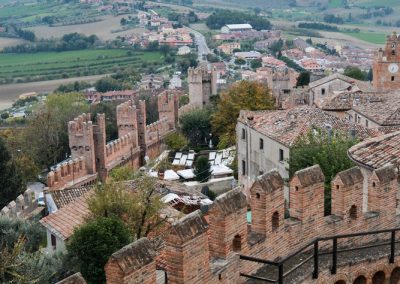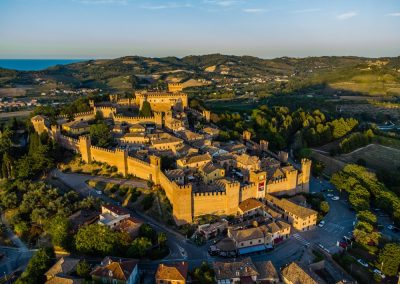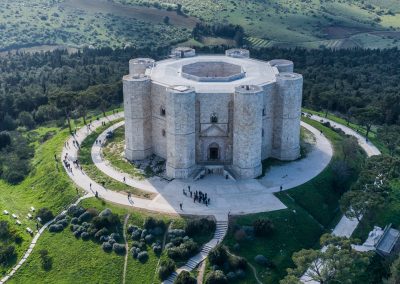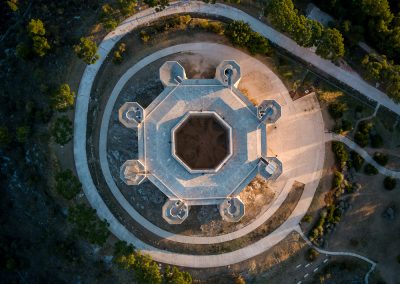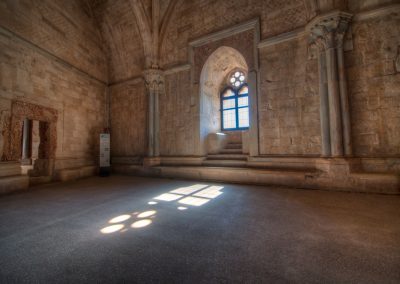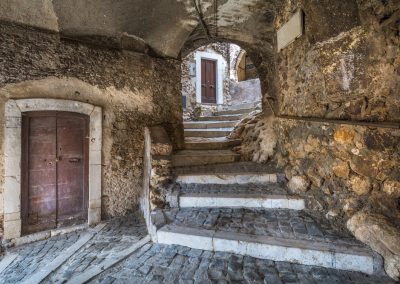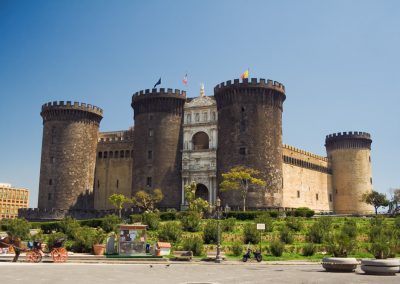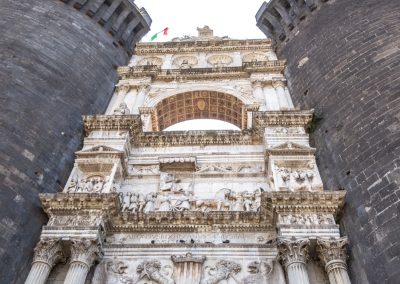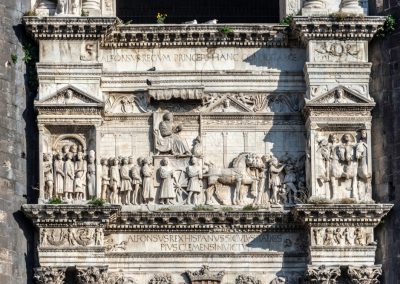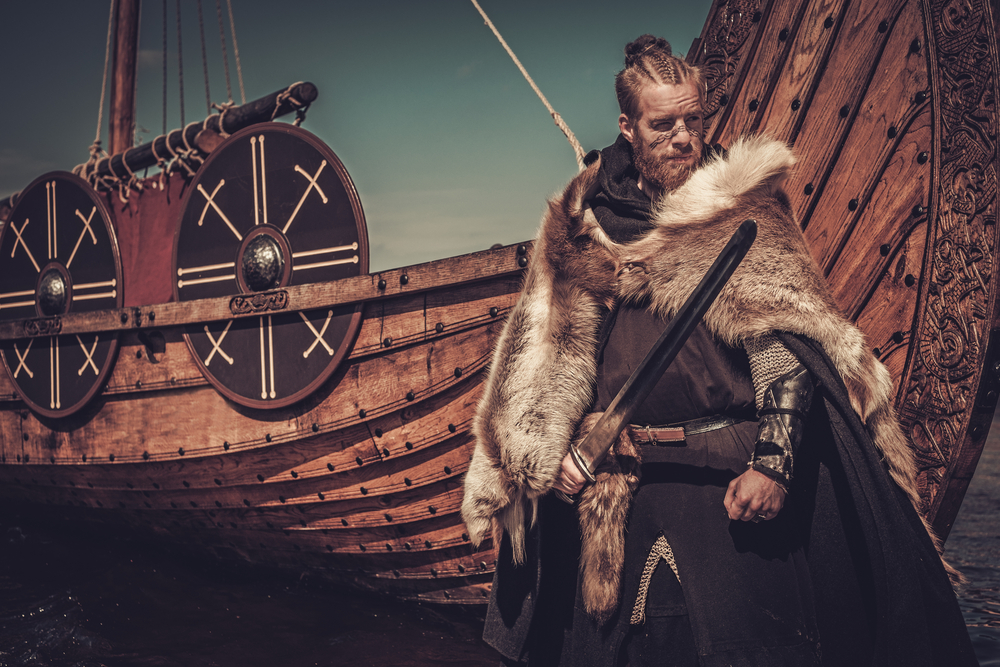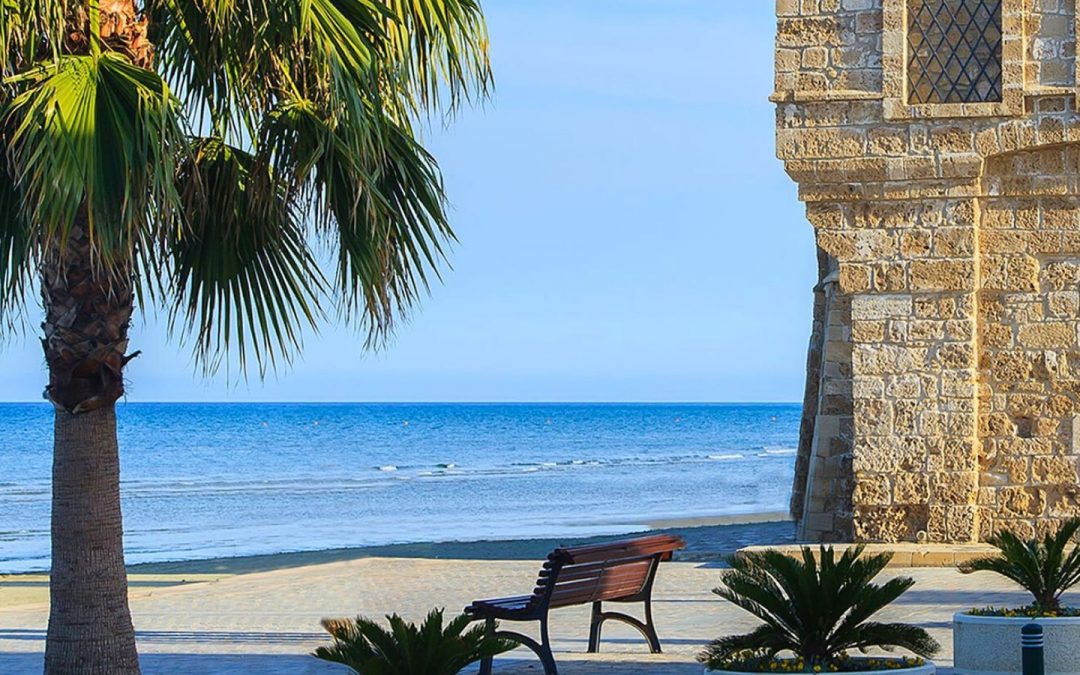
South Cyprus By Car
Cyprus is a paradise island with an incredibly mild climate, beautiful scenery, rich history, and snow-white beaches that every traveler wants to visit. This place is located in the northeastern part of the Mediterranean Sea, and therefore it has the treasures of natural and climatic wealth and Turkish and Greek cultures. Therefore Cyprus is a mix of mountains and sea, forests and beaches, as well as different languages, religions, architecture, and cousins. This diversity of taste gives the island a great attraction for thousands of visitors.
It’s a good idea to start your friendship with this island from its southern part. We suggest you pay attention to the proven route, which passes through the most popular locations of the southern part of the island. The total length is 185 kilometers, but it’s better to have a few days to spare because the way will run along with the sights, big cities, and beautiful beaches. You will definitely want to stay longer! However, if you don’t have enough time, you can cover this route in just one day.
Points of the route
Larnaca – Amathus Ruins – Limassol – Kolossi Castle – Kourion – Aphrodite Beach – Paphos – Polis

Starting point: Larnaca
Our journey begins in Larnaca, the third-largest city in Cyprus. Larnaca offers miles of paradisiacal beaches, a leisurely family vacation, many architectural monuments, some of which are more than 700 years old. In addition, Larnaca is famous among fans of diving and boat trips. In Larnaca, you can pay attention to the temples, monasteries, and fortresses, many of which have survived in their original form. For example, the church of Angeloktisti or the monastery of Stavrovouni. Near its walls you can feel the energy of centuries, making you think about eternity. The sea in Larnaca is clean and warm and can impress beach lovers. Larnaca is a great starting point for our trip!
From Larnaca, we drive out towards the west. At the very exit is Salt Lake and if your trip is in spring you may be lucky enough to meet hundreds of pink flamingos that come here in winter.

Ruins of Amathus
On the route Larnaca-Limassol, we will meet the ancient city of Amathus. The main thing is not to miss the right turn! Amathus existed in the 6th century BC and was an important trading center and is one of the ten ancient cities of Aphrodite. According to the myths, in Amathus Aphrodite spent time with her lover Adonis. When he was killed by a wild beast while hunting, Aphrodite planted the first pomegranate tree in Cyprus in memory of Adonis.

Limassol
Our next stop is Limassol, the second-largest city on the island. In the center of the city is a concentration of historical heritage that can easily be walked around in just a few hours. Also, the GetRentacar team strongly recommends visiting the city promenade and the bay, which is especially beautiful at sunset. By the way, here you can also have a cup of coffee and feed the seagulls. We offer you to stay here overnight if you have enough time for our journey.

Kolossi Castle
At 12 kilometers from the center of Limassol is Kolossi Castle, built in 1210 by King Hugues I de Lusignan of Cyprus. The castle was surrounded by a wall and had a drawbridge to protect the castle. Despite its rich military history, the fortress has been perfectly preserved to this day, and now visitors can get to a knight’s duel, a royal dinner, and imagine themselves a hero of medieval passions.
Next to the castle of Kolossi, there is a ruined winery building, where knights created the famous Cyprus wine Commandaria. The knights cultivated sugar cane on the surrounding land by themselves! The wine was highly prized in Europe in those days.

Kourion Archaeological Park
It’s only 5 kilometers to our next stop. The sights are so close to each other in Cyprus! The ancient city of Kourion is located on a high cliff and has ancient walls and many mosaics. Here you can wander through the labyrinths of a dead civilization and literally feel the wind of centuries blowing. Here, more than anywhere else in Cyprus, you can feel the spirit of antiquity — Kourion is considered the most popular archeological site in Cyprus. After Kourion you can cool off at the beach with the same name. The sand here is very clean and the sea is nice, and we predict that you will spend more than one hour on this beach.

On the way to Paphos
Our way to the next town will lie through the several locations that are not included in the “masthead” list but nevertheless have the right to be mentioned. Firstly, there is the Temple of Apollo. Judging by the ruins, the temple was of impressive size. If you want a little break during the trip, you can stop here and wander among the walls of the ancient temple. Secondly, the beach of Aphrodite. Locals believe that this is where the goddess emerged from the sea. However, the water in the bay has a low temperature, and the beach itself is pebbly, so you probably wouldn’t like to walk barefoot here. About a kilometer before the bay, there is a viewpoint, which offers a beautiful view of the surrounding area. Further along the road to Paphos, there is the village of Kouklou with the Sanctuary of Aphrodite and the Palaepaphos Museum.

Paphos
The ancient city of Paphos awaits us after 30 kilometers. Oh, lovers of different antiquities will love this place! But for the lovers of more modern leisure, there is plenty to do as well: there are many bars, clubs, and stores. The town is divided into two parts — the ancient, named Paphos, and the modern, which locals call Ktima. In Ktima you will find hotels, restaurants, and other delights of the XXI century. As for the ancient part, it is included in the list of Cultural Heritage of UNESCO. In Paphos you will hang out for at least a day, so we recommend you to stay here for the night.

Polis
The endpoint of our route is Polis. We will not see many nice sights along the way, but the town itself is worth visiting at least for a stroll through Akamas Park and the baths of Aphrodite. Polis is perfect for relaxing after days on the road. There are plenty of restaurants, bars, and souvenir shops. In the summer, dancing takes place outdoors and goes on all night long! During the day you can visit the ancient 16th-century church, a sculpture exhibition, and the small church of St. Nicholas.

